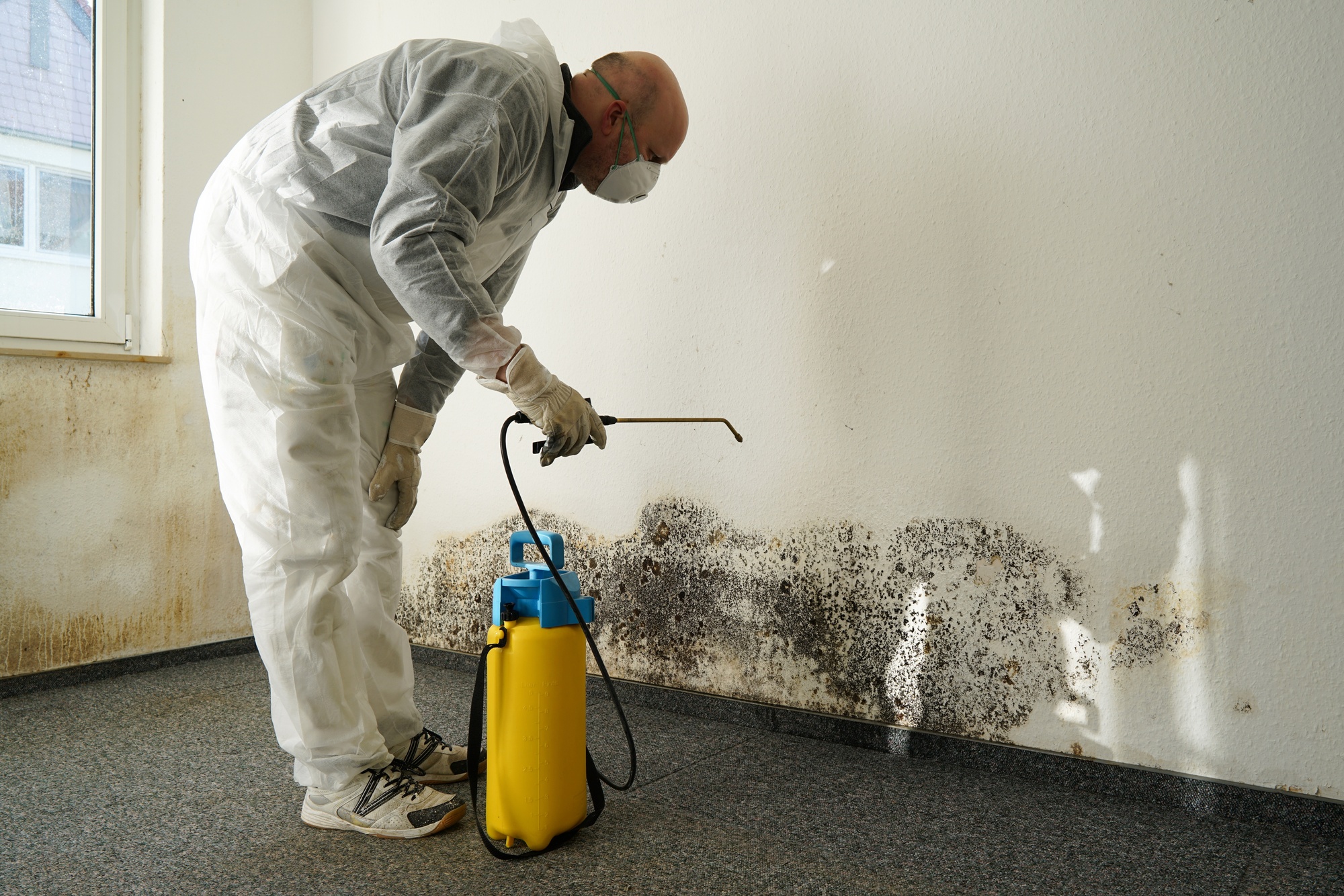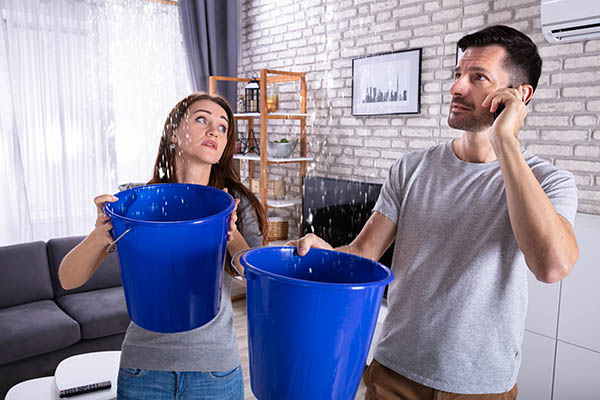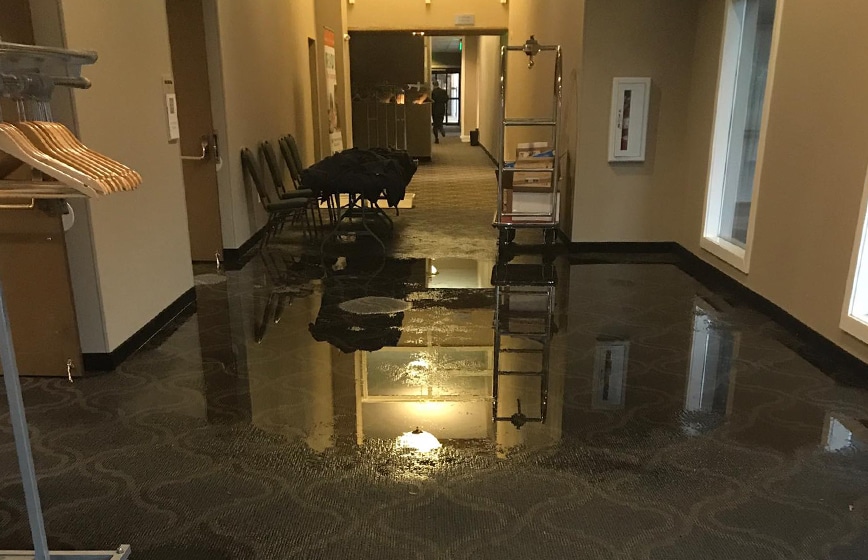How Water Damage Restoration preserves your home from mold
Wiki Article
Water Damage Restoration 101: Understanding the Process and Expense
Water damage can strike suddenly, leaving property owners in a state of complication. Comprehending the reconstruction process is important for reliable recovery. From evaluating the damage to picking the appropriate provider, each action influences the general outcome and price. Variables such as the sort of water damage and seriousness additionally play a significant function. What are the particular methods used in restoration, and how can one get ready for prospective expenditures?Kinds Of Water Damage

Initial Analysis and Inspection

Water Extraction Methods
Following the first assessment, reliable water removal strategies are utilized to mitigate damage and prevent additional concerns. These strategies include the use of specialized tools such as submersible pumps and industrial-grade vacuums - Water Damage Restoration. The option of approach depends upon the quantity of water present and the kind of materials impacted. For standing water, submersible pumps are commonly used for rapid removal, while vacuum cleaners are suitable for removing water from rugs and upholstery. Additionally, advanced methods like water removal mats might be employed for hard-to-reach locations - Water Damage Restoration. The objective is to remove as much water as possible, decreasing the potential for mold and mildew growth and architectural damage. Trigger and effective water removal is vital in the general water damage remediation processDrying and Dehumidification Process
When the water removal is full, the drying and dehumidification procedure ends up being critical to restoring the damaged area. This stage generally uses industrial-grade dehumidifiers and air movers to successfully reduce wetness levels. The dehumidifiers pull in moist air, removing excess moisture, while air moving companies distribute air to accelerate evaporation. Monitoring devices is commonly made use of to track moisture and temperature degrees, ensuring optimal drying out conditions. The period of this procedure can differ relying on the level of the water damage and environmental aspects. It is important to thoroughly dry all affected materials, consisting of walls, floor covering, and furnishings, to avoid mold growth and structural damage. Correct implementation of this step is crucial for an effective repair end result.Cleaning Up and Sterilizing Damaged Areas
An extensive first assessment and evaluation of impacted locations is crucial to identify contamination levels once the drying out process is full. Water Damage Restoration. Efficient cleaning strategies and ideal items have to after that be utilized to eliminate debris and spots. Sanitization and disinfection methods are essential to guarantee that dangerous virus are gotten rid of, restoring the space to a secure problem.Initial Analysis and Inspection
Prior to starting any type of reconstruction efforts, a detailed initial evaluation and assessment of the affected locations are essential for efficient cleaning and disinfecting. This procedure involves recognizing the degree of water damage, figuring out the resource of the water invasion, and examining the products influenced. Assessors commonly try to find signs of mold and mildew development, structural integrity concerns, and damaged personal belongings. The evaluation likewise includes checking moisture levels making use of specialized devices to assure no covert water pockets continue to be, as these can bring about additional difficulties. Documenting the searchings for is essential for preparing the next steps in the restoration process. A detailed preliminary analysis makes it possible for reconstruction specialists to design a targeted technique for effective cleaning and disinfecting, ultimately lessening damage and wellness risks.Cleaning Up Strategies and Products
Reliable cleaning and sanitizing of water-damaged areas need a variety of items and techniques tailored to the particular materials affected. For porous surfaces like drywall and carpets, extraction techniques are vital to get rid of excess wetness, followed by deep cleaning with specialized detergents. Non-porous materials such as ceramic tile or metal can be cleansed making use of commercial-grade cleansers that efficiently eliminate pollutants. Heavy steam cleaning is one more effective technique, specifically for carpets and upholstery, as it utilizes high temperatures to remove bacteria and mold and mildew (Water Damage Restoration). Additionally, green products are progressively popular for their security and effectiveness - Water Extraction And Drying. Eventually, choosing the appropriate cleaning methods and products not only guarantees immediate tidiness but also help in protecting against further damage and health and wellness hazards related to water intrusionSanitization and Disinfection Methods
When attending to water damage, proper sanitization and sanitation approaches are necessary to ensure the safety and health and wellness of the damaged environment. After first cleansing, surface areas have to be treated with proper anti-bacterials to get rid of microorganisms, mold and mildew, and germs that grow in damp conditions. Typical methods consist of the usage of EPA-approved chemical disinfectants, which can be used with splashing or wiping strategies. Additionally, ultraviolet (UV) light systems can effectively sanitize locations by reducing the effects of microbes without severe chemicals. The selection of approach typically depends upon the kind of products influenced and the extent of contamination. Ultimately, detailed sanitization not only brings back a secure living space however additionally helps stop future health and wellness risks related to sticking around moisture and mold development.
Repair Work and Restoration Options
Reviewing the damage triggered by water exposure is vital for figuring out the suitable repairs and restoration options. Home owners might encounter various issues, consisting of harmed drywall, distorted flooring, and jeopardized architectural components. Depending on the level of the damage, repair work may involve changing sections of drywall, installing new flooring, or reinforcing structural light beams. In cases of severe damage, full replacement of affected products could be needed. Furthermore, expert restorers commonly recommend using moisture meters to evaluate covert wetness levels prior to choosing on the most effective training course of action. It is important to act promptly to stop mold and mildew development and additional damage. Picking the appropriate alternatives not only brings back the property yet also guarantees lasting safety and security and capability.Aspects Influencing Restoration Prices

The level of water damage directly influences the repair costs house owners can anticipate to incur. Factors such as the source of the water, the duration of exposure, and the damaged materials significantly affect rates. Tidy water damage from a broken pipe is normally less pricey to recover compared to damage triggered by sewage. Furthermore, the level description of contamination dictates the requirement for specialized cleansing and disposal services, additionally raising expenses. Geographical area also plays a function, as local labor prices and schedule of restoration services can differ. The necessity of the action influences costs; quicker interventions usually lead to reduce general costs by stopping more damage. Understanding these elements is important for property owners when approximating repair expenses.
The three key kinds of water damage are classified based on contamination levels: clean water, grey water, and black water. An extensive initial assessment and evaluation are important steps in the water damage remediation procedure. For standing water, completely submersible pumps are typically made use of for rapid elimination, while vacuum cleaners are perfect for removing water from carpetings and furniture. The extent of water damage directly influences the remediation costs property owners can expect to sustain. Tidy water damage from a broken pipeline is normally less pricey to restore compared to damage triggered by sewage.
Report this wiki page